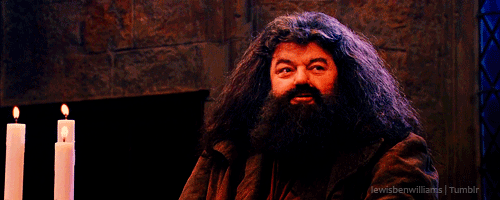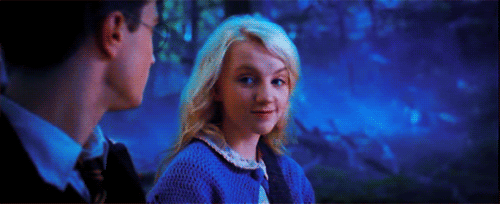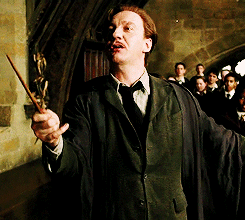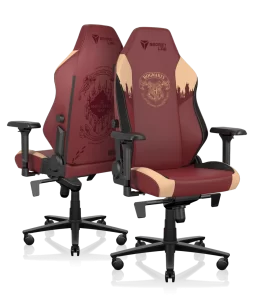Four Lives Forever Changed by Newt Scamander
Long before we heard the first whisper about the Fantastic Beasts films, J.K. Rowling filled our imaginations with red caps, hinkypunks, and all sorts of magical creatures. The Potter world is crawling with critters, and thanks to our favorite Hufflepuff, Newt Scamander, we know all about them! His travels led to the discovery and documentation of multiple magical beasts. Many of the characters we came to know and love from the original Potter series were affected by his work in the Beast Division of the Department for the Regulation and Control of Magical Creatures. Let’s evaluate the impact of Newt’s work on some of our favorite characters!
Rubeus Hagrid
In 1965, Newt created the Ban on Experimental Breeding, which regulated the growth of wizard-bred magical creatures. It may have been illegal for Hagrid to keep Norberta, and it was definitely a bad idea to raise Aragog in the school, but Blast-Ended Skrewts were Hagrid’s first foray into experimental breeding. (As far as we know…) It might not be fun for Hagrid, but I think it’s safe to say a law that makes fire-breathing chickens illegal is probably a good one.
Hermione Granger
After returning to Hogwarts to finish her education, Hermione was finally able to bring her work with SPEW to a more professional setting in the Department for the Regulation and Control of Magical Creatures. Little is known of Newt’s work in this division besides the fact that it was “tedious in the extreme.” Maybe the films will tell us, but we don’t know for sure if Newt was a champion for house-elf rights or if he wanted them wandless and enslaved. It’s hard to believe a Magizoologist wouldn’t want to give magical creatures the rights they deserved, but we know Newt regularly dismembered Horklumps (fleshy, pink mushroom-like creatures with black bristles) as a seven-year-old, so who knows? Either way, I’m sure any work he did there was fully digested by Hermione in her efforts to free the house-elves!
Luna Lovegood
Perhaps no character is more affected by Newt Scamander’s life than dreamy Ravenclaw Luna Lovegood, who marries Scamander’s grandson Rolf somewhere between the Battle of Hogwarts and the 2014 Quidditch World Cup finals. It’s hardly surprising Luna would be drawn to a Magizoologist, considering her own obsession with obscure creatures such as Nargles, Heliopaths, and Crumple-Horned Snorkacks. Newt may have influenced Luna beyond being the grandfather of her future husband; Luna went on to become a wizarding naturalist, searching the world for magical creatures and classifying many new species of magical animals. Maybe one day she’ll write her own catalog of fantastic beasts!
Remus Lupin
When Remus Lupin was ravaged by Fenrir Greyback as a child, he and his family had to put his name down on the Werewolf Register, a list of all the known werewolves in Great Britain, instituted by Newt Scamander in 1947. We know the list has not always been well maintained since Fenrir Greyback was not known to be a werewolf after his attack on two Muggle children in 1964. It may be a good safety measure, and I doubt Scamander had any extreme prejudices against werewolves, but does singling out lycanthropic individuals put them under too much scrutiny? The Werewolf Register makes it easier for anti-werewolf legislation to pass, such as that put forward by Dolores Umbridge in 1993. No matter its impact, thank goodness for wizards like Albus Dumbledore, who look past the stigma of the disease and treat werewolves just like anybody else.
Newt’s beastly discoveries and work for the Ministry of Magic shaped the wizarding world as we know it, and the lives of the characters within it, but we still don’t know the details of his worldly expeditions or anything about his work in the Dragon Research and Restraint Bureau. Hopefully, the Fantastic Beasts films will tell us more about all of his important work and the beasts that inspire him.





